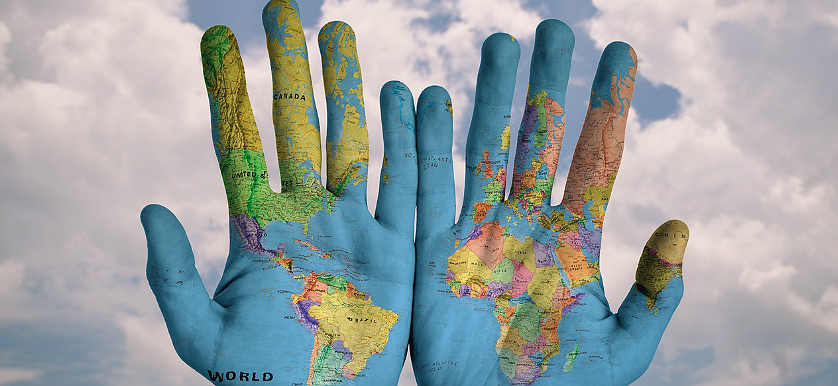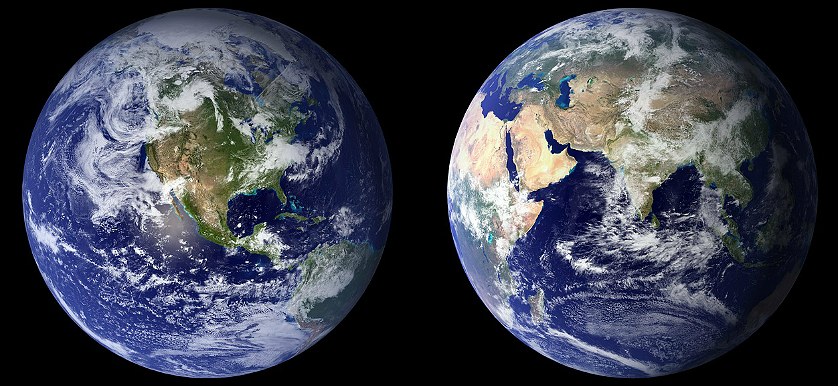Global Goals – how do they stack up?

In the last two decades, our world has seen massive improvements in the overall quality of life on Earth. Fewer armed conflicts, fewer battle-related deaths, more trading, communication and investment, according to the Uppsala University’s Conflict Data Program.
We benefit from longer and healthier lifespans – life expectancy in Africa has risen from 50 years in 2000, to 56 in 2011; in India it has been increasing by 4.5 years per decade, starting with the 1960s, while for the world as a whole, it went from 64 to 70, according to the World Health Organization.
Child mortality went from 3 – 3.5 million in the 1990s to approximately fifty percent of that, by 2013. Maternal mortality dwindled heavily as well, going from almost 375.000 deaths per year, in 1990, to around 280.000 per annum, by 2010. Furthermore, if we take a look at HIV-related deaths, we’ll see a huge spike leading up to 2005, with 1.5 – 1.7 million people dying every year, but starting with 2006 – 2007, a constant decline has been registered.
Better nutrition and sanitation is another hallmark of today’s enhanced quality of life. A representative variable for that is the average height of individuals and, nowadays, we have seen developments all over the world, with some of the most notable results being noticed among Latin American and Asian young people, who have been growing taller and taller, starting with the late 1980s – 1990s, due to better and more food sources. In regards to sanitation, fewer people have died from a lack of access to clean water, going from 1.5/1000 people in developing countries in the 1950s, to 0.4/1000 nowadays.
So how did we manage all of this? Well, just to name a few benefactors, there would be the development of the communications industry, the power of trade and of the free market, and a more institutionalized factor would be the United Nation’s Millennium Development Goals (MDG), which represent a 15-year plan – 2000 – 2015, in which whole world comes together to fulfill the set targets. With areas ranging from eradicating poverty, hunger, inequality, building better infrastructures, sustainable cities, attaining a high level of economic growth and many more, MDGs are the planet’s performance management tool, used to measure how well the world is doing, overall.
The new plan, Global Goals, will span for the next 15 years and adds to the aforementioned categories building stronger peace and justice institutions, creating new and lasting partnerships to complete this objective, promoting preservation of nature and wildlife and responsible consumption and production, along with the development of affordable and clean energy and greater educational opportunities.
Together, by using these factors and variables, we can reach accurate measurements and pinpoint precisely the areas where we are performing well and where we are still lagging behind, in order to further improve the quality of life on this pale blue dot, which we call home.
Image source: Pixabay
Image source: Pixabay

Tags: Development, Government performance, Non-Profit performance






